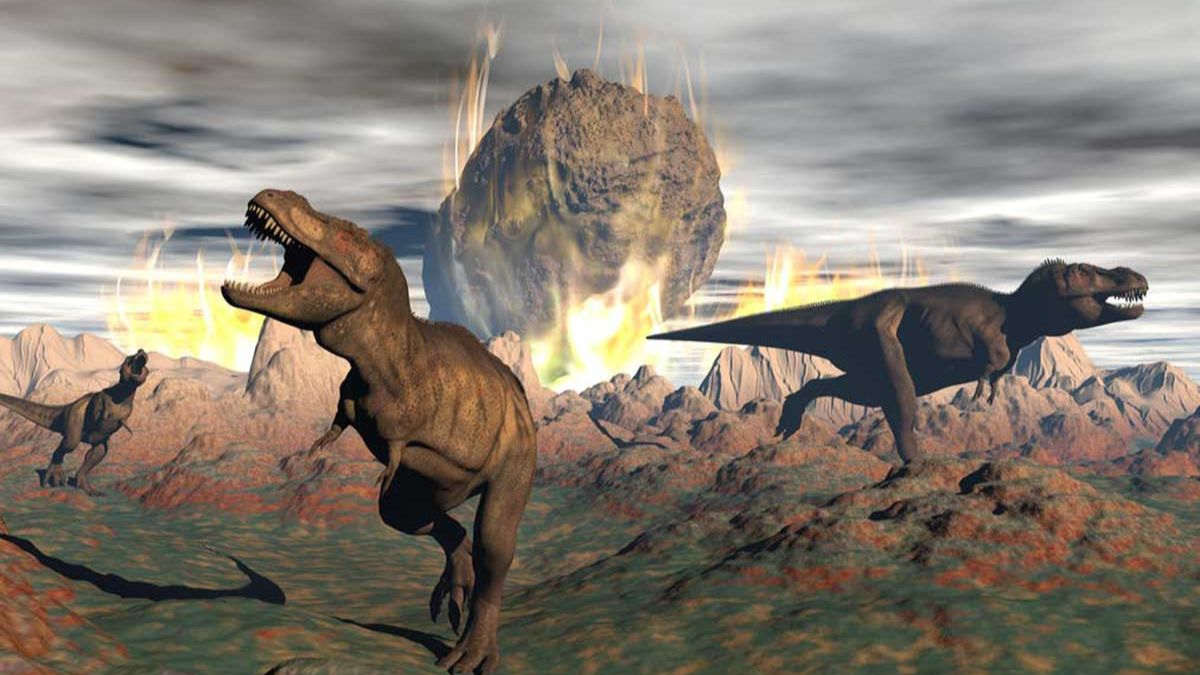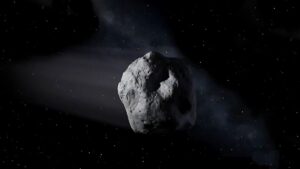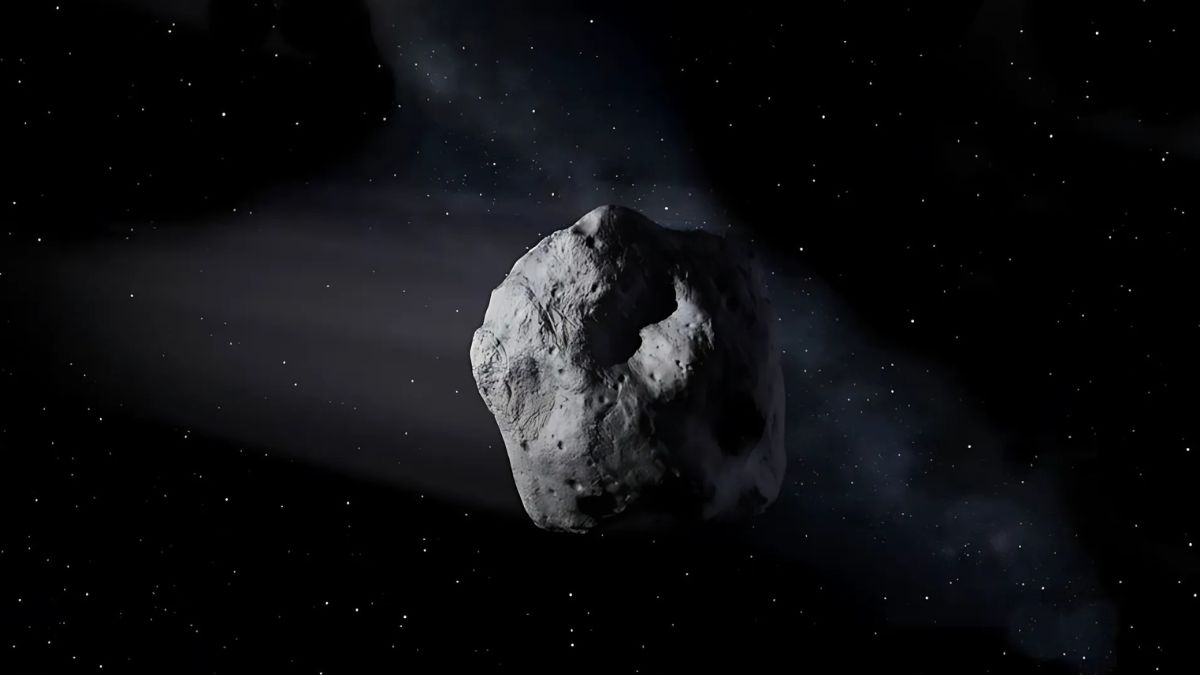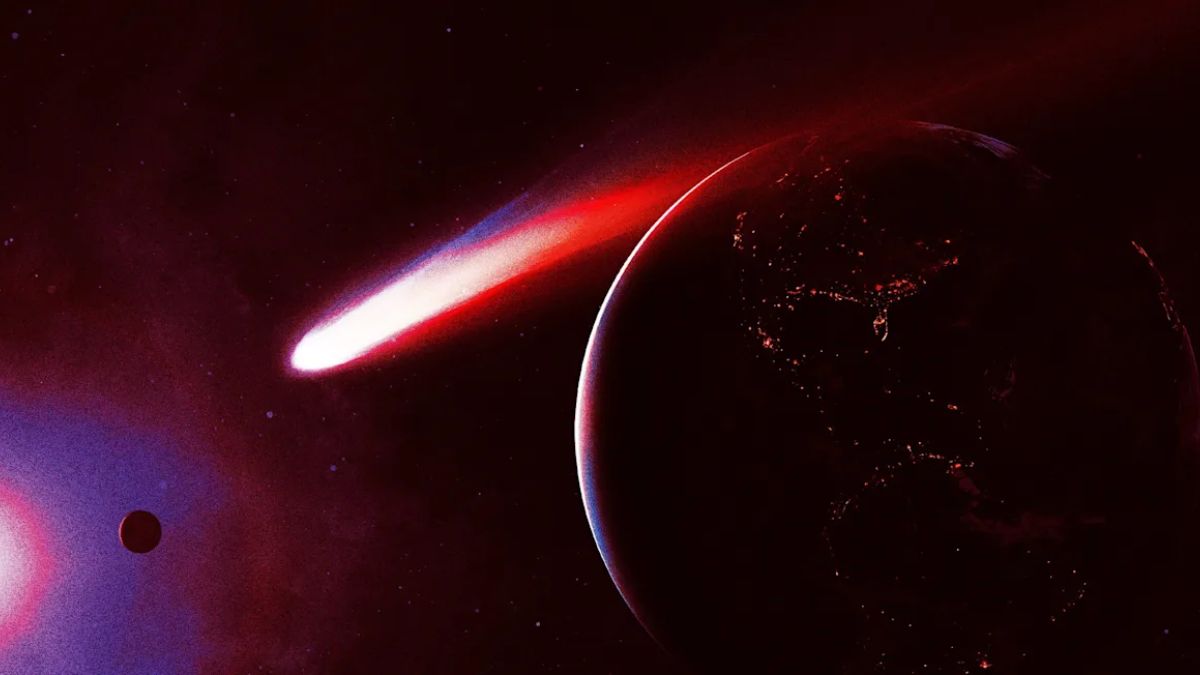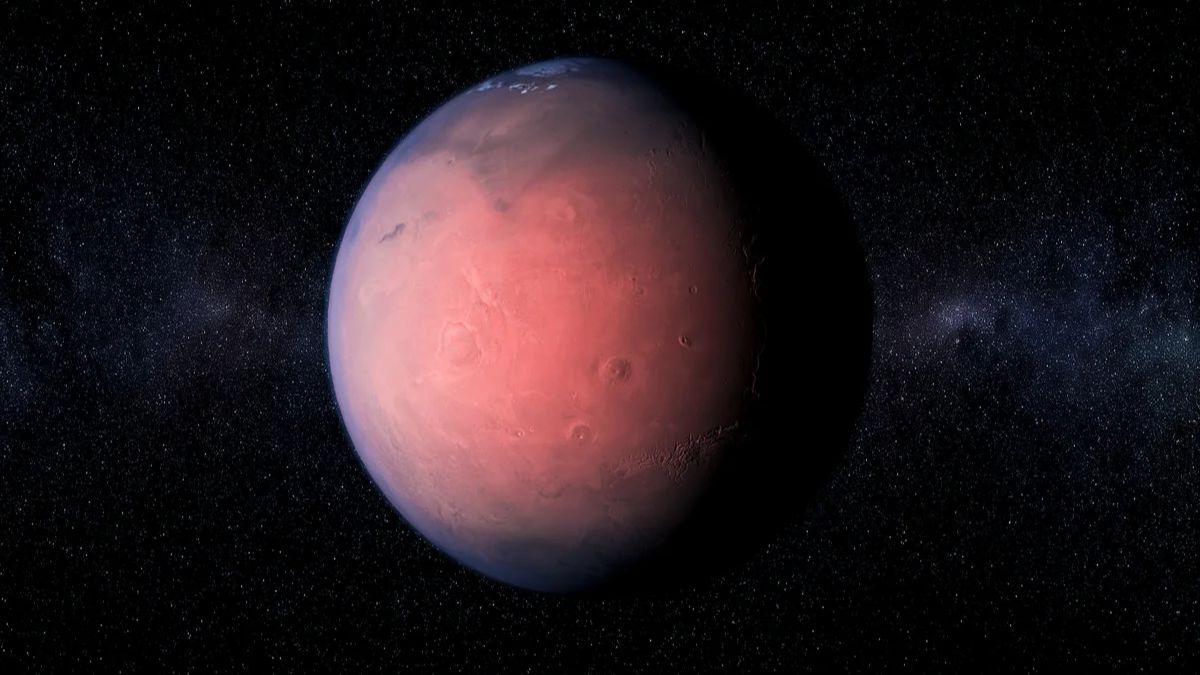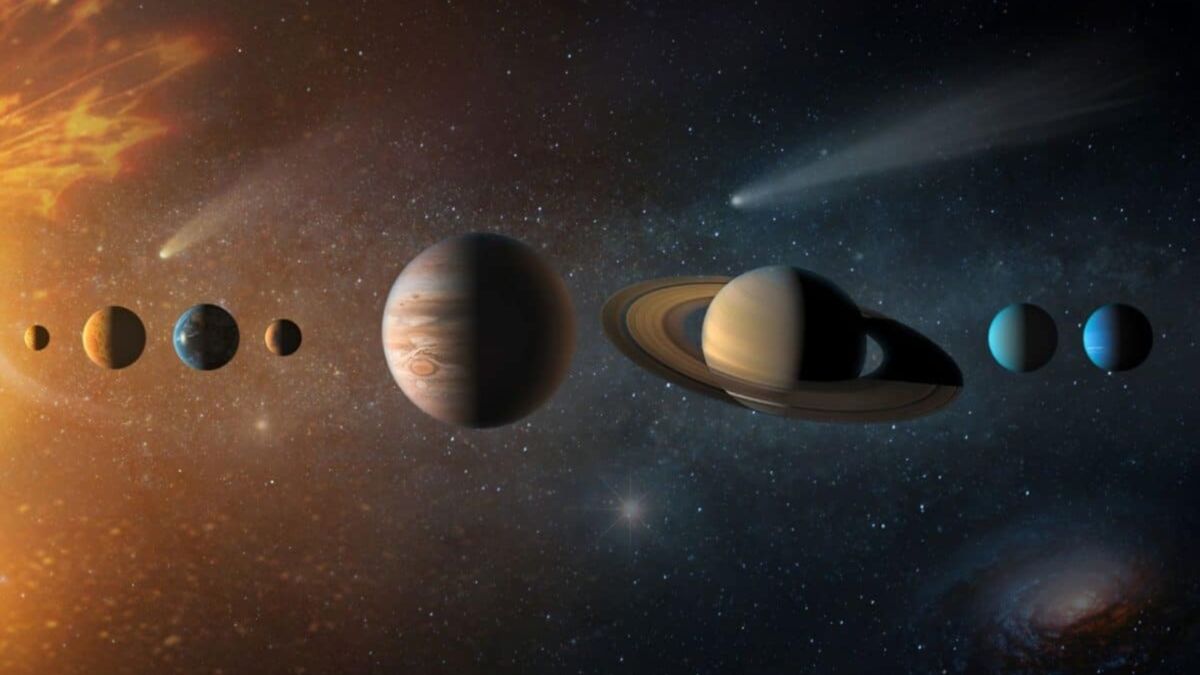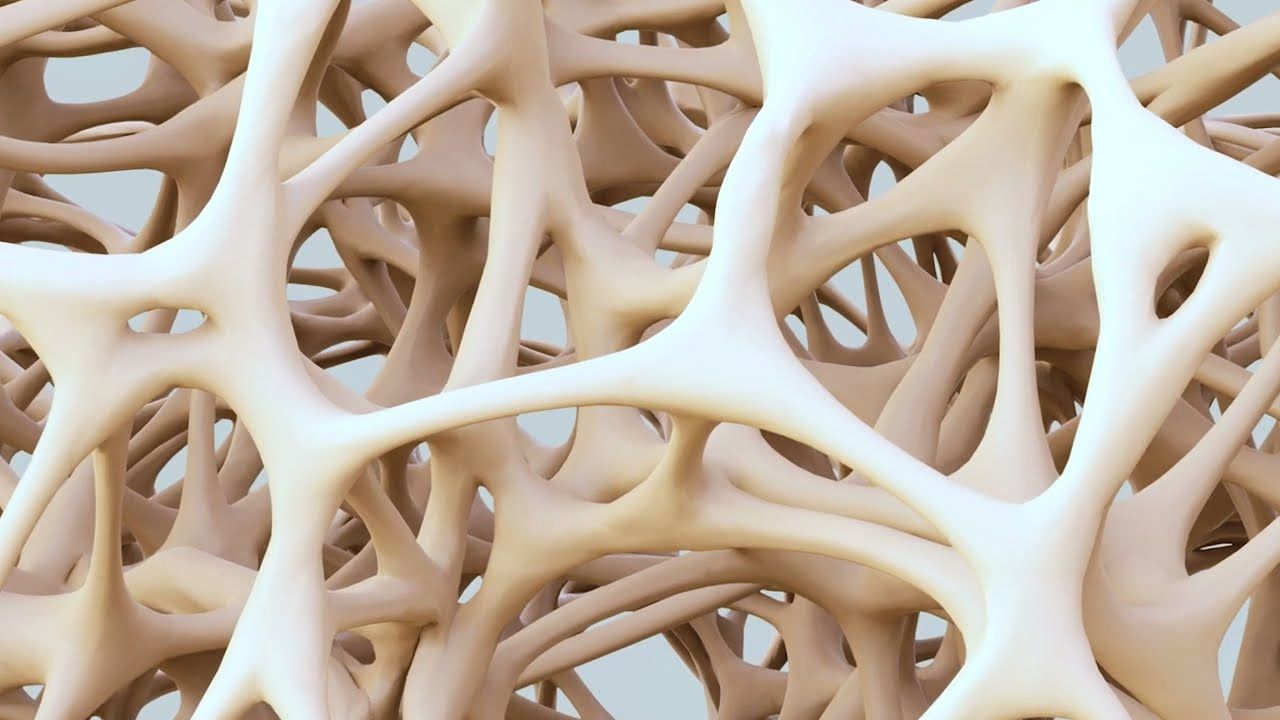When the asteroid struck 66 million years ago and wiped out the dinosaurs, it didn’t just end an era. It completely changed the face of the Earth. A new geological study based on North American sediment layers reveals that their extinction allowed forests to take over, rivers to stabilize, and landscapes to transform in ways we’re only now beginning to understand.
Let’s cut into how dinosaurs, even in their absence, helped shape the modern world.
Engineers
Dinosaurs weren’t just giant creatures roaming around — they were ecosystem engineers. Their everyday activities had a massive effect on the land. Think about it: with their sheer size and appetite, they kept landscapes open. They trampled soil, munched on vegetation, and knocked over young trees. All of this stopped forests from becoming too dense.
Geologists back this up. In the age of dinosaurs, rivers were chaotic. Channels were narrow and constantly shifting. Flooding was common, and mud and silt collected in massive floodplains. The landscape was full of open swamps, tangled plants, and ever-changing waterways.
Aftermath
Then came the asteroid — the Chicxulub impact — and just like that, the dinosaurs were gone. The ecosystem lost its most powerful influencers. And what happened next? Everything changed.
Without dinosaurs to keep the land open:
- Trees started growing unchecked, turning open spaces into thick forests.
- Plant roots helped hold the soil in place, which stabilized riverbanks.
- Rivers that used to flood unpredictably now carved steady, winding paths through the land.
This dramatic shift is clearly visible in the rocks. In Cretaceous layers (before the extinction), you’ll find thin sandstones, swampy soils, and scattered sediments. But in Paleogene layers (after the extinction), the sediment becomes neater. The layers are better organized, colors more vivid, and lignite — a type of soft coal made from ancient plants — starts appearing.
Iridium
So, how do scientists know exactly when this transformation took place? They followed a rare chemical clue: iridium.
Iridium is almost never found in Earth’s crust — but it’s common in meteorites. After the Chicxulub impact, a thin layer of iridium was spread across the globe. In regions like the Bighorn Basin and the Williston Basin, this iridium layer lies right at the boundary where messy dinosaur-era sediments give way to clean, structured layers from the age that followed.
This tells us something incredible: the change didn’t take millions of years — it happened immediately after the extinction.
Life
This finding flips the script on how we think landscapes form. Usually, we hear that climate, volcanic eruptions, or tectonic shifts shape the Earth. But this study shows something different: sometimes, it’s life itself that does the remodeling.
In this case, dinosaurs played a direct role in shaping the environment, and when they disappeared, the entire landscape began to evolve in a new way.
Lessons
Sure, dinosaurs vanished 66 million years ago — but the lesson they left behind matters more than ever. Their extinction shows that when a keystone species disappears, ecosystems can change overnight. Today, with so many plants and animals at risk of extinction, this message is more urgent than ever.
Just like in the past, the loss of species today could deeply transform the natural world around us. It might not be as sudden as an asteroid, but the long-term effects could be just as big.
So yes — the extinction of dinosaurs marked the end of an era. But more importantly, it triggered the beginning of a new one, shaping the Earth’s surface in ways that are still visible today.
It’s wild to think that in 2025, we’re still uncovering clues buried in rock that tell us how dinosaurs once ruled — and shaped — the world. Their story is a reminder that life, in all its forms, has the power to change the planet.
FAQs
How did dinosaurs shape landscapes?
By trampling, eating plants, and keeping forests open.
What changed after dinosaurs went extinct?
Forests spread, rivers stabilized, and soils changed.
What is iridium and why is it important?
It’s a rare metal from asteroids marking the impact event.
Where is evidence of this found?
In sediments from the Bighorn and Williston Basins.
Why does this matter today?
It shows how extinctions reshape Earth’s ecosystems.

